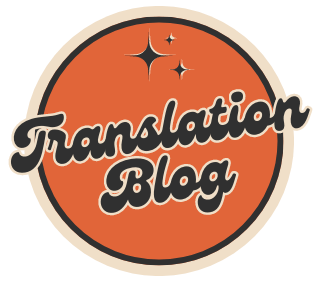When you start teaching English language online or abroad, you will most likely encounter the abbreviations TEFL and TESOL. At first glance, they may seem similar, but there are certain significant distinctions between them. Understanding these differences will help you decide which certification is more relevant for your objectives, teaching preferences, and the country where you want to work.
Understanding TEFL and TESOL
First, let’s answer simple questions.
What does TESOL stand for? TESOL stands for Teaching English to Speakers of Other Languages. By contrast with TEFL, TESOL comprises both teaching English abroad and in native English-speaking countries. For example, the United States, Australia, or the UK. In many cases, TESOL is often considered a broader term that covers more contexts.
What does TEFL stand for? TEFL stands for Teaching English as a Foreign Language. It refers to teaching English to non-native speakers in countries where English is not the primary language, such as China, Finland, or Italy.
Therefore, while both certifications aim to prepare you to teach English, TESOL has a bit more global and inclusive scope, often implying both TEFL and ESL (English as a Second Language) approaches.
Main Differences between TEFL and TESOL
The key differences between both types and how they might influence your final decision:
- TEFL is the most appropriate for teaching in countries where English is not common. TESOL is often preferred if you aim to teach in English-speaking countries, especially to immigrants.
- Some establishments use one over the other option simply based on naming conventions. For example, North American institutions often prefer TESOL, while TEFL is more popular in Europe and Asia.
- Both courses include similar material: teaching methodology, grammar, and lesson planning. However, TESOL programs may contain a stronger focus on second language acquisition theory and multicultural classrooms.
- Most employers recognize both certificates, but certain job postings may list one or the other. It is critical to find out the requirements of the countries or schools you are targeting.
To summarize, you need to take into account such aspects as teaching context, terminology preference, course content, and recognition.
Merits and Shortcomings of Each Certification
To save your time and speed up your decision-making process, here is the list of the benefits and drawbacks of TEFL and TESOL certificates:
TEFL:
- Recognized almost everywhere for international teaching.
- Usually meant for teaching children and youth.
- Focused on practical teaching methods.
- Has limited opportunities in native (English-speaking) countries.
TESOL:
- Includes both domestic and international teaching contexts.
- Accepted by many establishments in English-speaking countries.
- Strong focus on cultural and linguistic diversity.
- A bit more academic in nature, depending on the provider.
Which One Should You Choose?
At the core, the choice between TEFL and TESOL depends on where and who you want to teach. If it happens so that your main goal is to teach English abroad, especially in Asia, South America, or Eastern Europe, a TEFL certificate usually suits best and is a widely accepted option.
In case you plan to work in an English-speaking country or opt for a more flexible certificate that allows you to work both domestically and internationally, then TESOL is a great alternative.
Final Thoughts
TEFL and TESOL are excellent options for starting a career in English language teaching. They share many similarities but serve slightly different purposes depending on your goals. Understanding the scope of each can help guide your choice in the right direction.

